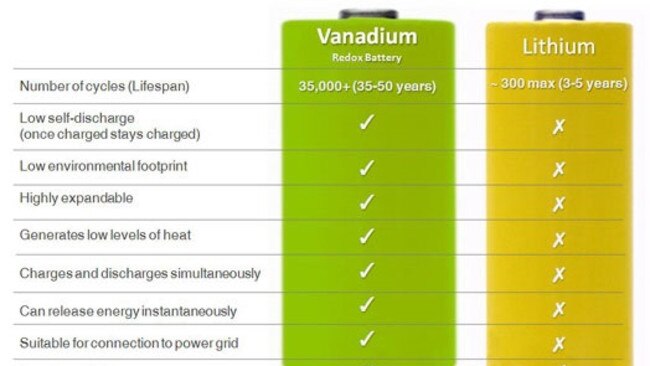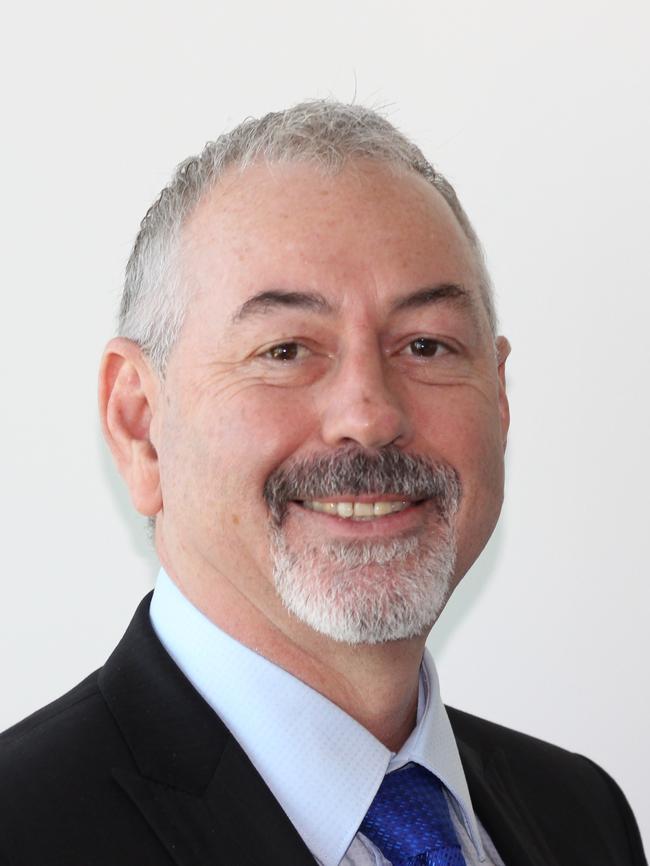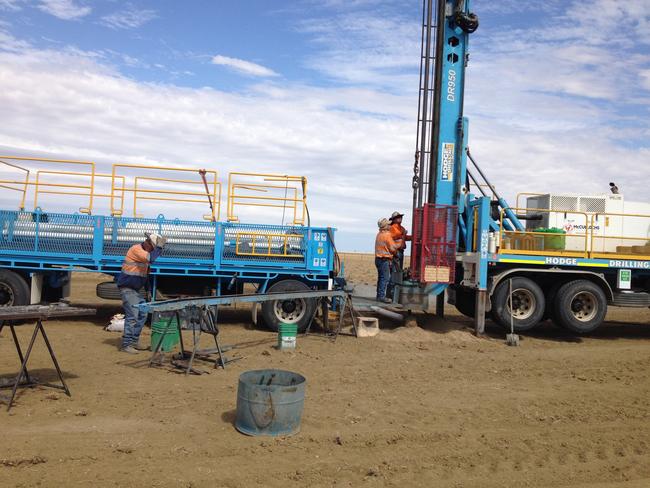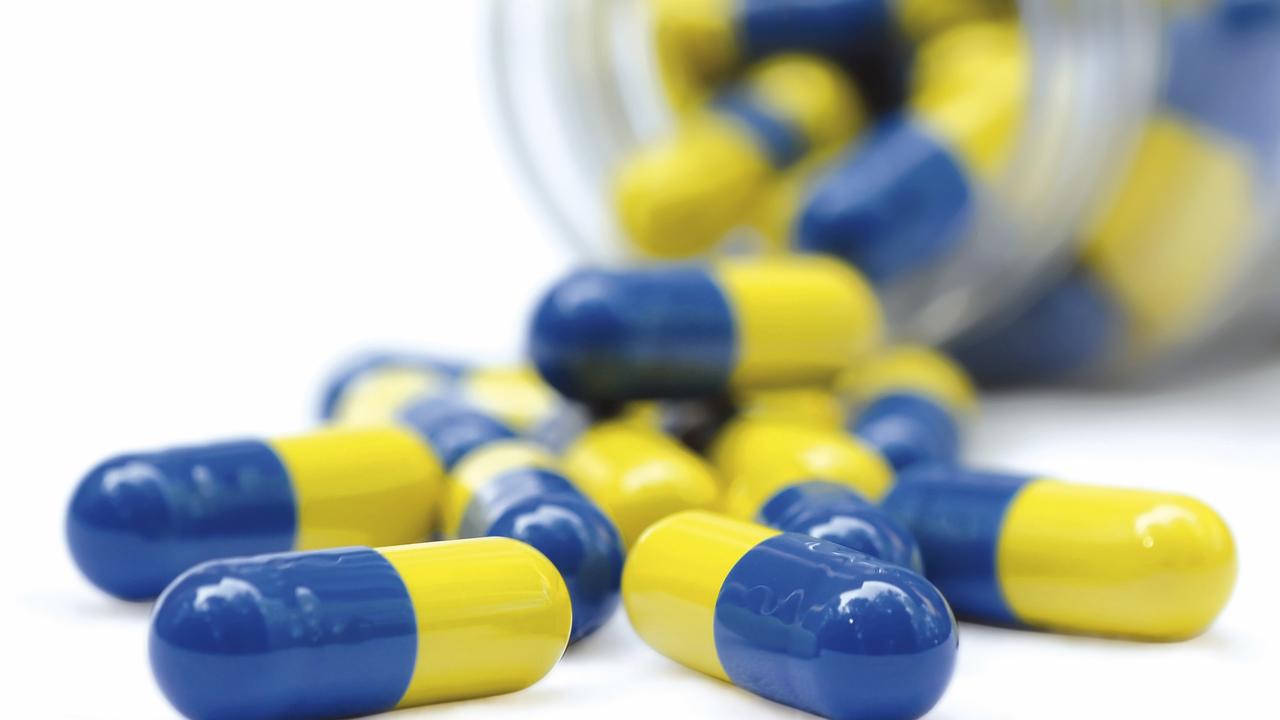Miners searching for rare metals are hoping to hit pay dirt in outback Queensland
IT’S just a speck on the map, east of Mount Isa and to be honest, not much happens out here. But suddenly, people are getting very excited about Julia Creek, or more precisely what’s under the dirt and dust of Julia Creek.
QBM
Don't miss out on the headlines from QBM. Followed categories will be added to My News.
NOT much happens in Julia Creek. It’s a speck on the map of about 500 people, east of Mount Isa, known for dinosaur fossils and that once a year swells for the Dirt n Dust Festival.
But people are getting excited about Julia Creek, or more precisely what’s under the dirt and dust of Julia Creek.
It’s called vanadium, a metal used mostly to strengthen steel but it also has a great capacity to store energy in rechargeable batteries.
It’s one of a host of metals that companies are scouring Queensland for as the world shifts dramatically towards renewable energy and electric cars.
While electric vehicles are a niche market at the moment, it is expected that production will jump from 1 million units in 2017 to 25 million by 2030, so who wins the battle of the batteries is a significant issue.
Vanadium only has about 3 per cent of the battery market, and talk of developing a huge resource doesn’t excite anyone because lithium-ion batteries are the dominant player, and there is an abundance of vanadium on the planet.
But China has strangled the lithium market. It has stopped exporting the metal and the only other sources are Russia, South Africa and Brazil. There is also Tianqi’s lithium mine in Greenbushes, about 90km south of Bunbury, Western Australia. It is the biggest lithium mine on the planet and supplies a third of the globe.
The Chinese-owned Tianqi is also spending $700 million on a lithium processing plant at Kwinana in WA.
But Queensland has very little lithium, cobalt or graphite – the big three in renewables.
A possible exception is the Aeon Metals Walford Creek project, 350km north west of Mount Isa where early drilling is finding strong results.

Vanadium has a few advantages over lithium. First of all, it’s plentiful and available. And it’s recyclable which means it won’t all end up in landfill one day, like lithium batteries.
And anyone who owns a mobile phone can attest that the lithium battery performance starts falling from day one. Vanadium doesn’t. There is also the small problem Samsung discovered that lithium has heat issues. The vanadium redox batteries can be recharged 20,000 times.
“That’s as long as you can warranty something. The switches and componentry will go before the battery does,’’ Queensland Energy and Minerals executive director Gavin Loyden says.

QEM is one of a handful of companies that have moved into Julia Creek, once considered a site for oil shale. Its project will also develop the oil shale as well as the vanadium. It will exploit old fossil fuels for the benefit of new, clean energy.
Queensland Exploration Council chairman Brad John says there’s huge potential for metals like vanadium in Queensland. He said the state lacks the cobalt and lithium deposits that have mining companies in a frenzy at the moment but it has a world class vanadium resource covering a vast area of north Queensland.
“It (Julia Creek) really has been known for its oil shale potential,’’ John says. “Other companies have looked at it in the past but it hasn’t really stacked up but with QEM the vanadium is becoming much more important so it’s really vanadium with oil shale credits. There are some very large deposits. It’s looking very exciting and vanadium is really booming. It’s an alternative to lithium and it’s proven technology and it’s really ramping up.’’
QEM is hardly alone. Other companies like Liontown and Intermin have discovered Julia Creek. Multicom also is planning to develop a shallow open cut mine to produce 50,000 tonnes a year of vanadium pentoxide over at least a 30-year mine life.
Queensland-based minerals explorer Pursuit Minerals has announced plans to explore for vanadium in Sweden and Finland. Managing director Jeremy Read says the company couldn’t miss an opportunity to explore for a promising metal in a world-class minerals region.
The Queensland Government says the new frontier known as the Diamantina Minerals Province in north-west Queensland has significant potential for rare earth elements and untapped deposits of gallium and indium, which are used in electronics.
Queensland also has significant potential in rare minerals which are in high global demand to manufacture a range of emerging technologies, including scandium (fuel cells), tantalum (mobile phones), niobium (super-conducting magnets), and zirconium and yttrium (jet engines).

QEM’s Loyden says his project has a resource of about 1.8 billion tonnes of vanadium. Intermin has about 1.7 billion tonnes and Liontown says a similar mineralisation occurs at its adjoining project.
QEM will soon raise about $5 million for more drilling so it can complete its feasibility study. If things go to plan Loyden expects production in about two years. Battery companies are already hovering around.
He says while vanadium redox batteries only have about 3 per cent of the market, it’s growing at 34 per cent a year.
“It’s very hard to keep up with the numbers,’’ he says. “The price when we started four years ago was in the low $US5 a pound mark. It’s now above $US15 a pound.
“Vanadium, when you stack it up against lithium, they really take precedence in the large scale deployment for load levelling and grid support.
“They last 20 years. It can hold the current for years and you can discharge 100 per cent and upload at 100 per cent.
“This is a significant change to technology and they are using vanadium in conjunction with lithium to prevent the heat runaway they had with Samsung.
“Panasonic has developed a lithium-vanadium battery. (Tesla founder Elon) Musk has recently changed his battery developer to Panasonic.
“You can see where it is going. Primarily it is a safety issue, particularly with batteries the size of the one in South Australia. You have to keep them cool. Vanadium has a better heat range and it has a 20,000-cycle life.’’
But producing vanadium is just one challenge for Loyden. The big one will be oil shale, which has a chequered history in Queensland after the failure of the Gladstone project.
However, Loyden doesn’t expect an environmental backlash because he believes he will be able to prove the “efficacy and efficiency’’ of the process.
“The process is a closed loop system, that produces no emissions, uses no water and recycles 99 per cent of the solvents used. This is proven technology that has recently been developed in the US.
“The other matter of significance is the lack of oil supply in Australia. We currently have only 46 days of oil supply in Australia. As signatories to the EIA, we fall well short of our mandated target of 90 days emergency supply.
“This has been highlighted just recently by Jim Molan and others, and presents Australia with a strategic defence issue.
“Personally, I am acutely aware of the environmental sensitivities, even in remote areas like Julia Creek. We hope that the material we return back to the earth, through our rehabilitation process, will in fact be cleaner than we found it.’’
Surprisingly the demand for electronics may bring new life to metals that are not in favour anymore. The surge in zinc prices has brought a promise from Clive Palmer to re-open the Yabulu nickel refinery and tin is back in demand because of its use in soldering.
The traditional metals found around Mount Isa such as copper, lead and zinc are finding new markets in technology.
The mining of the future could bring life back to old mining towns.


